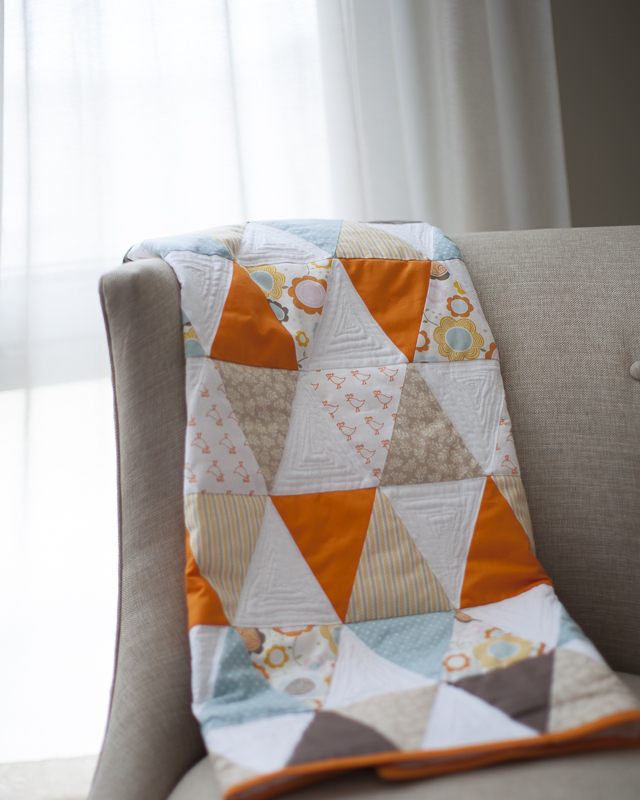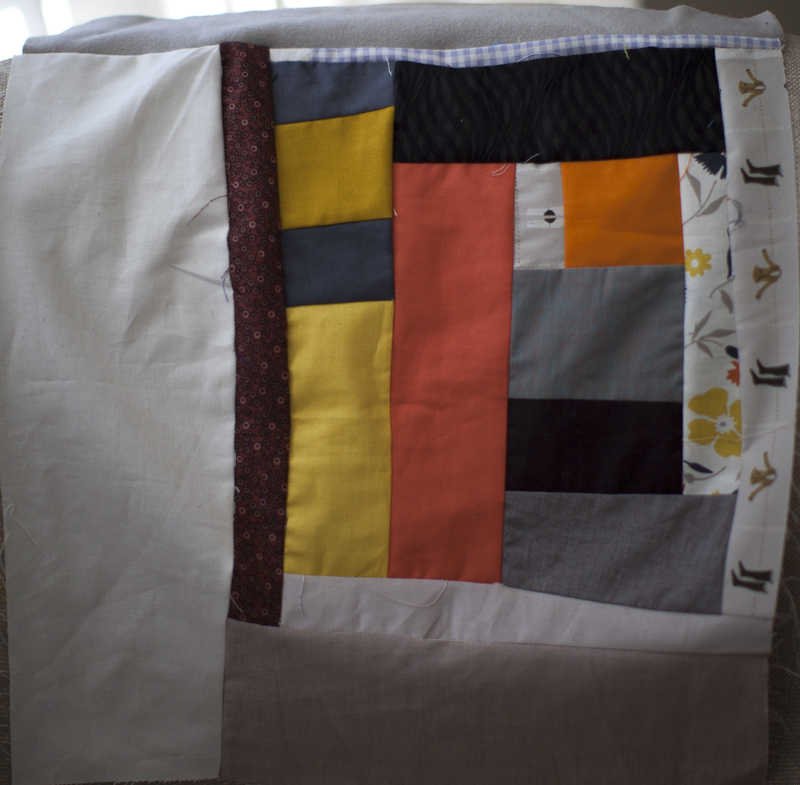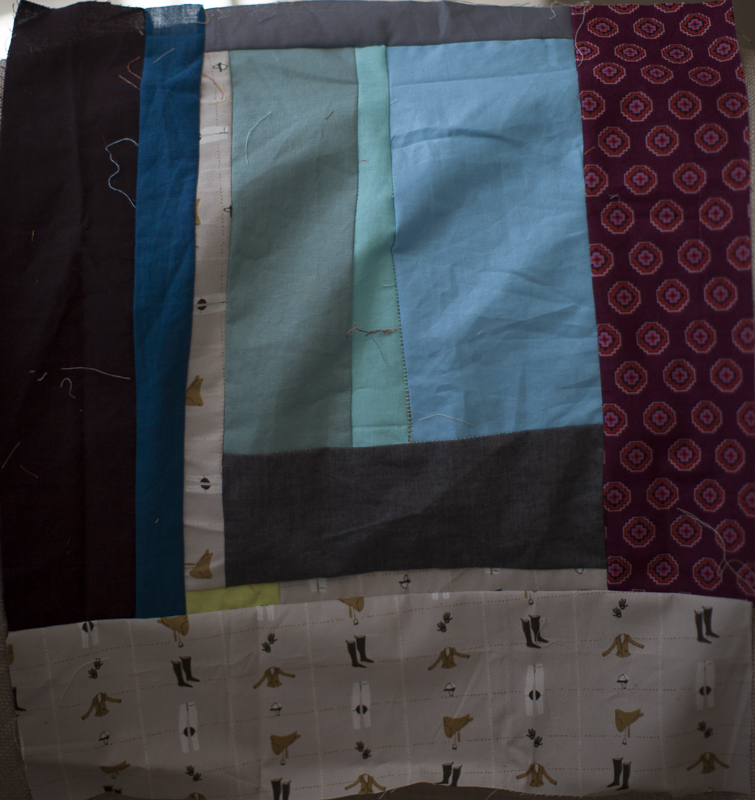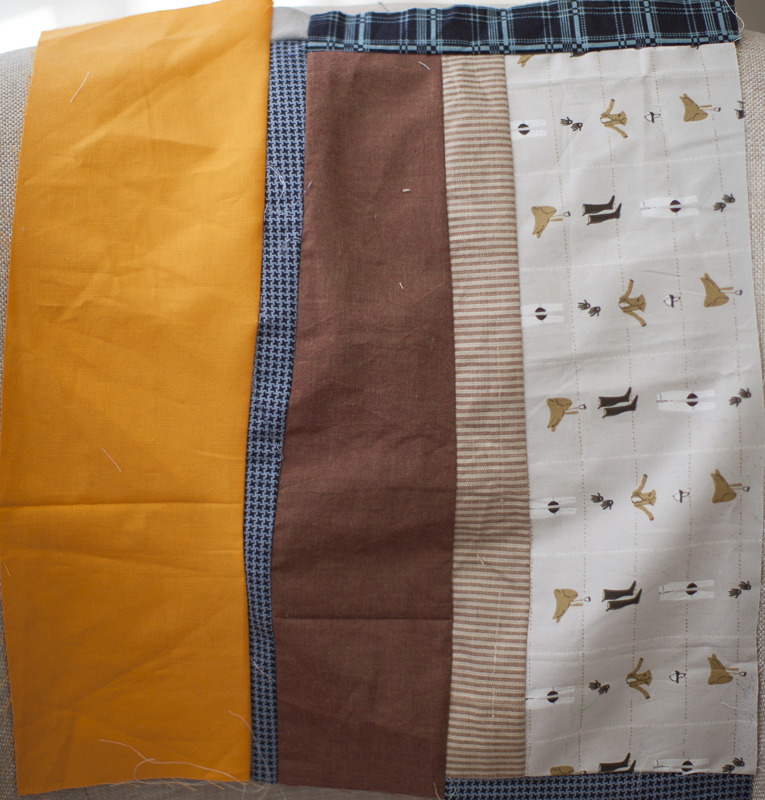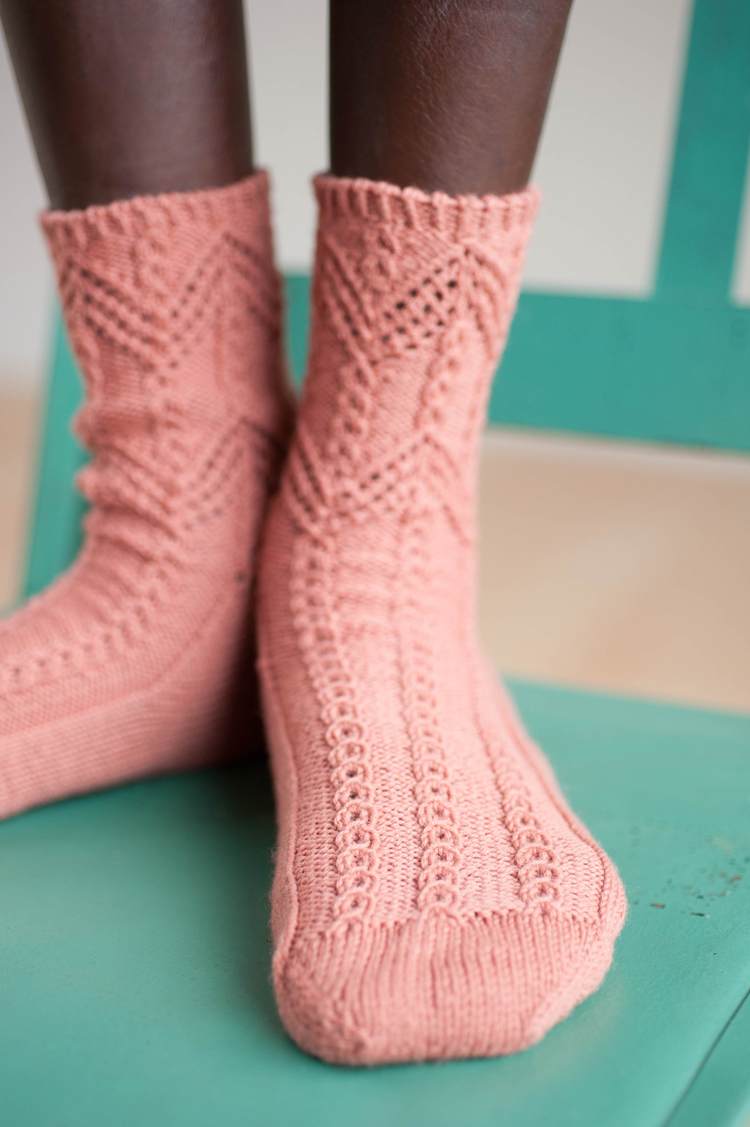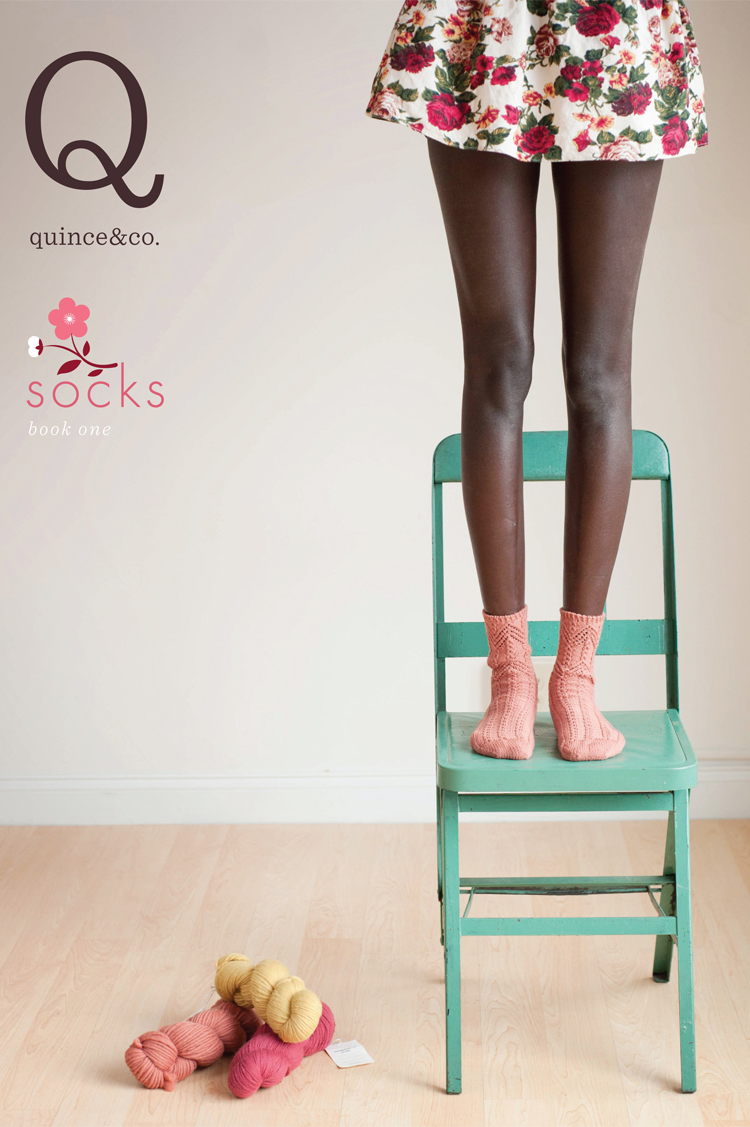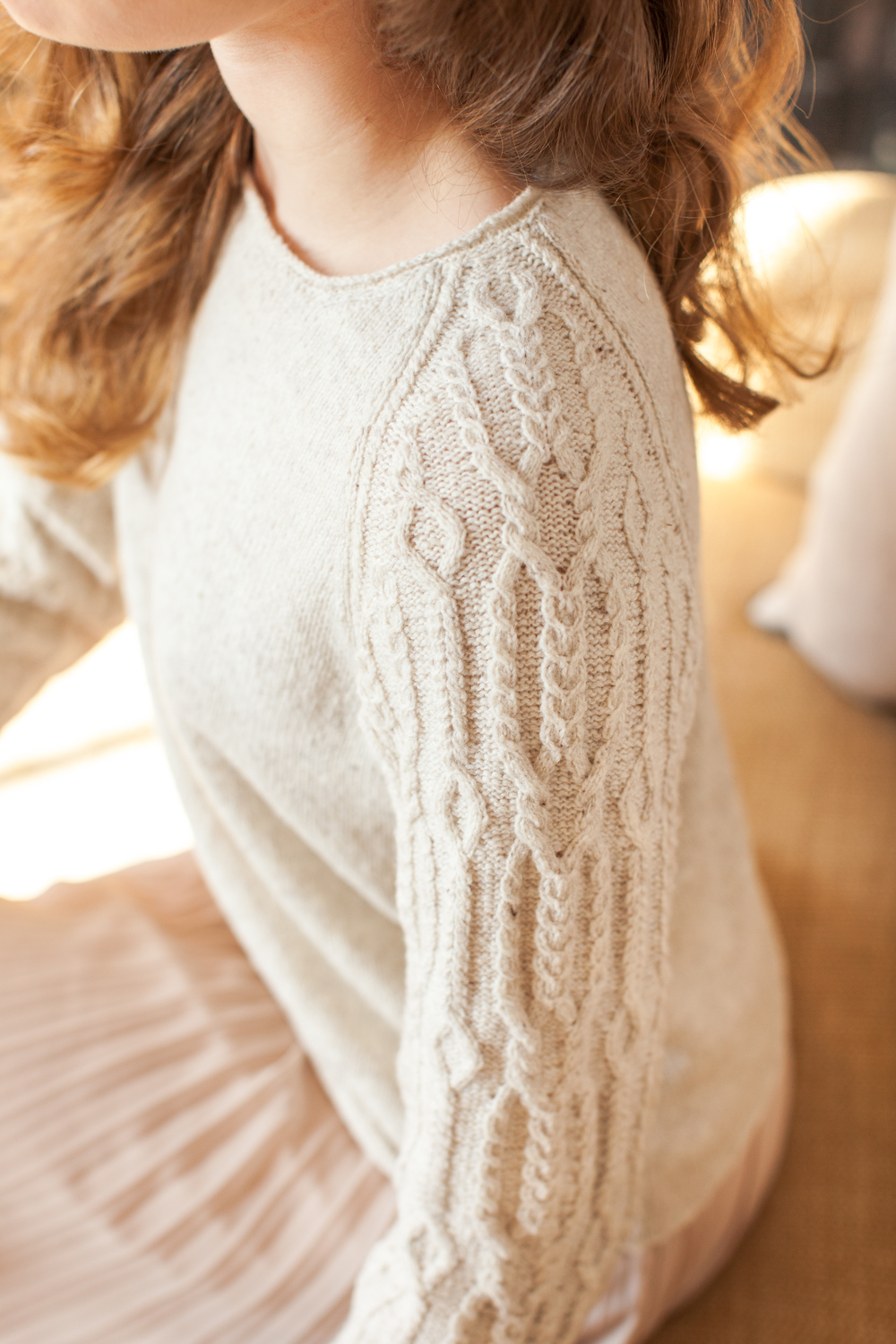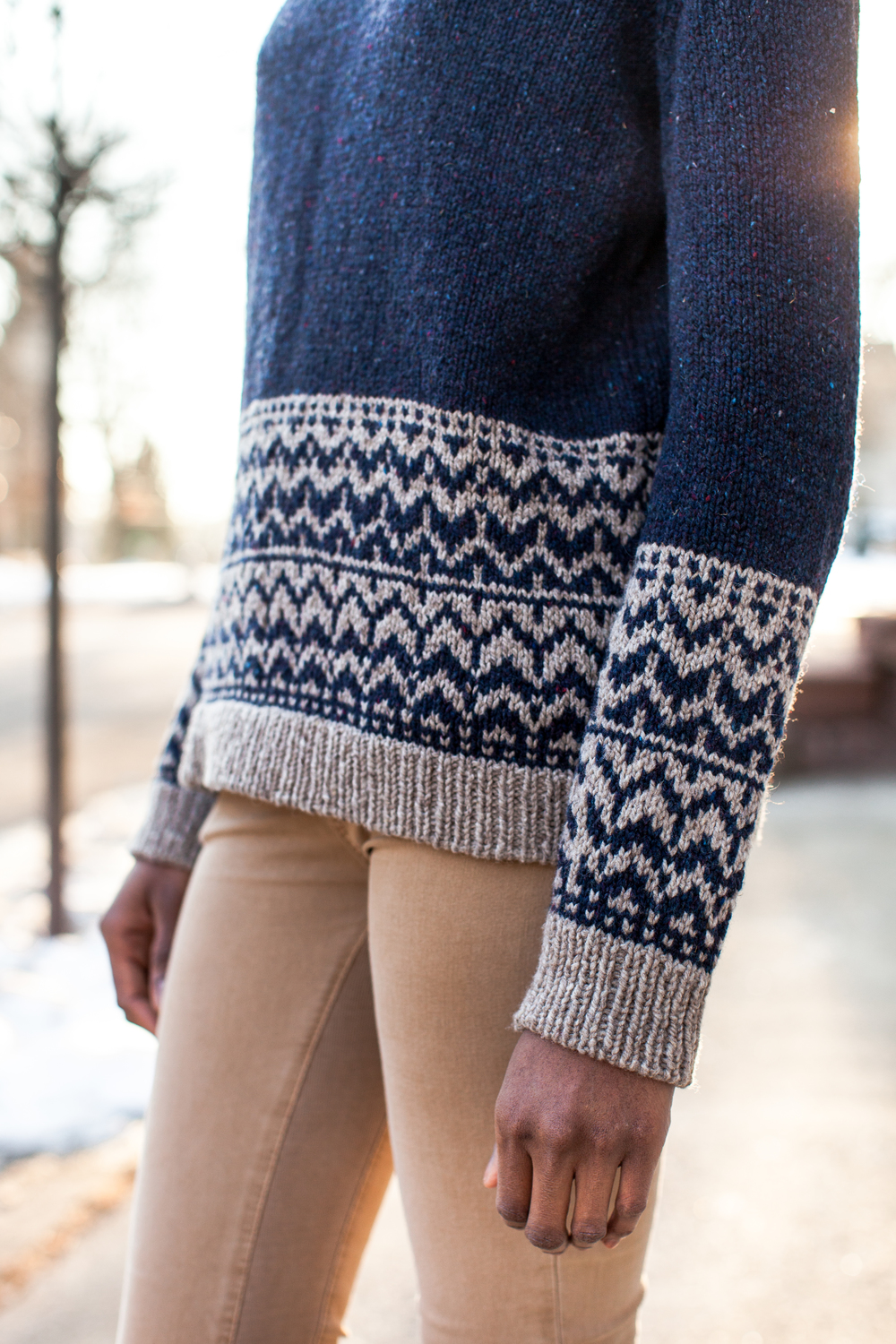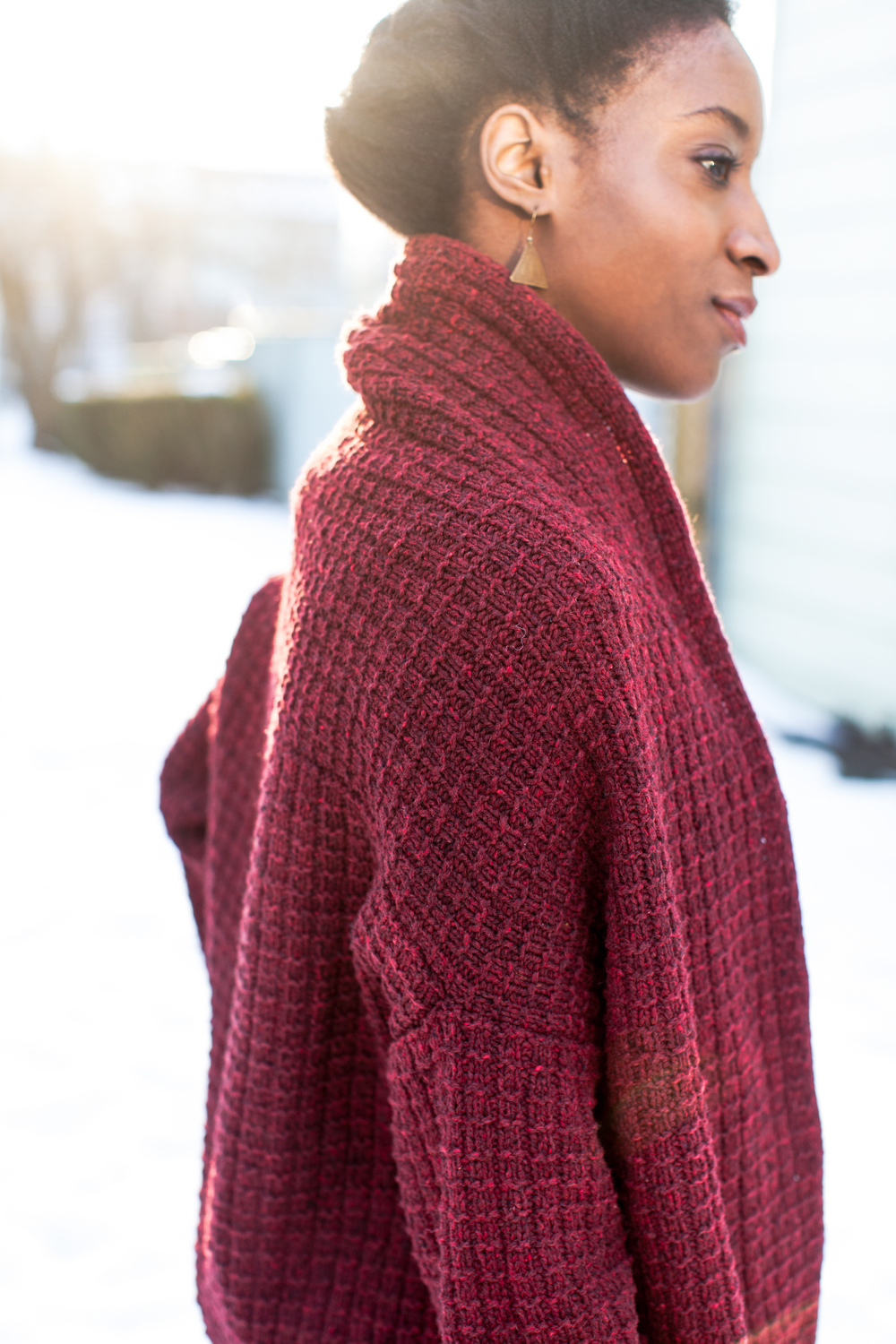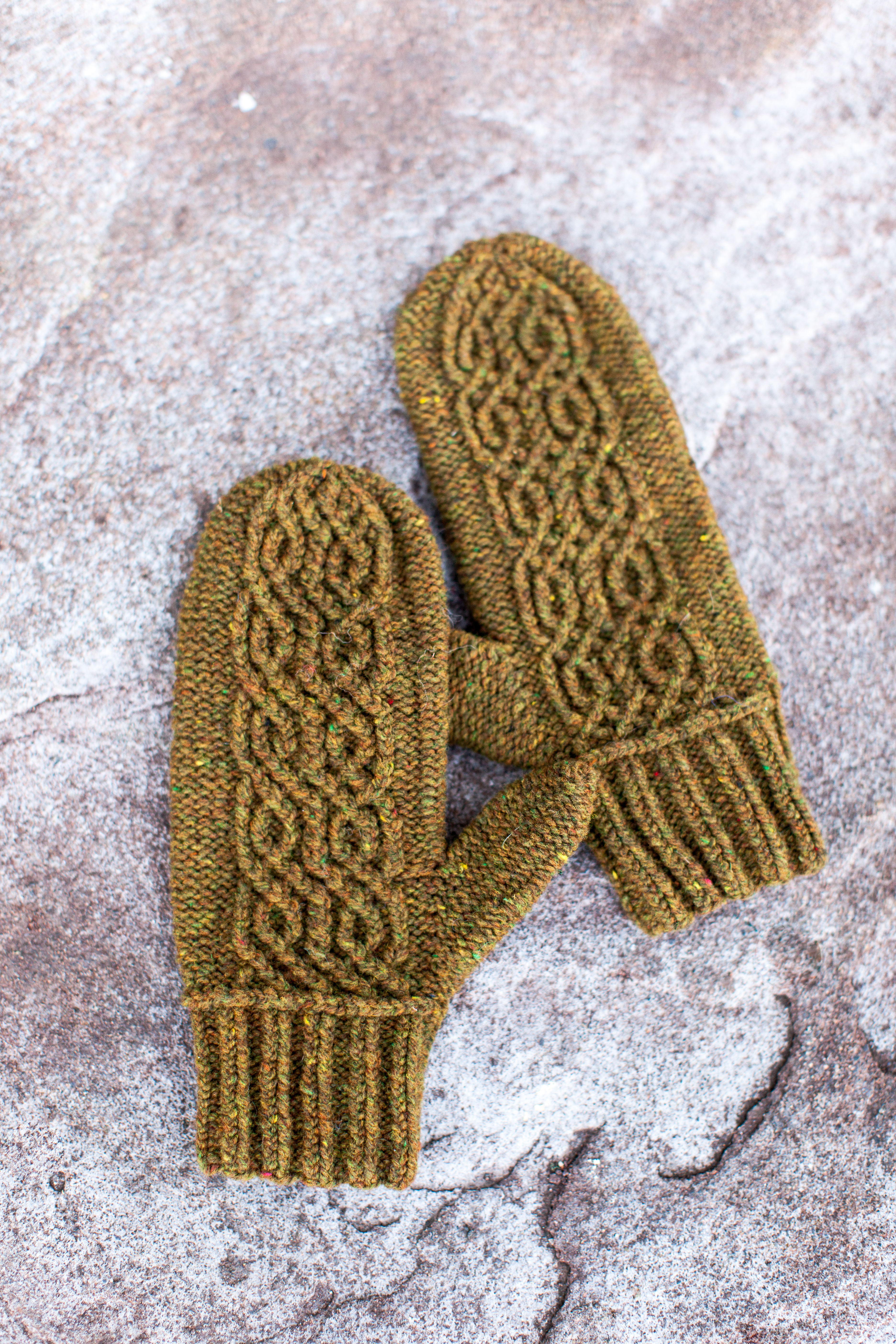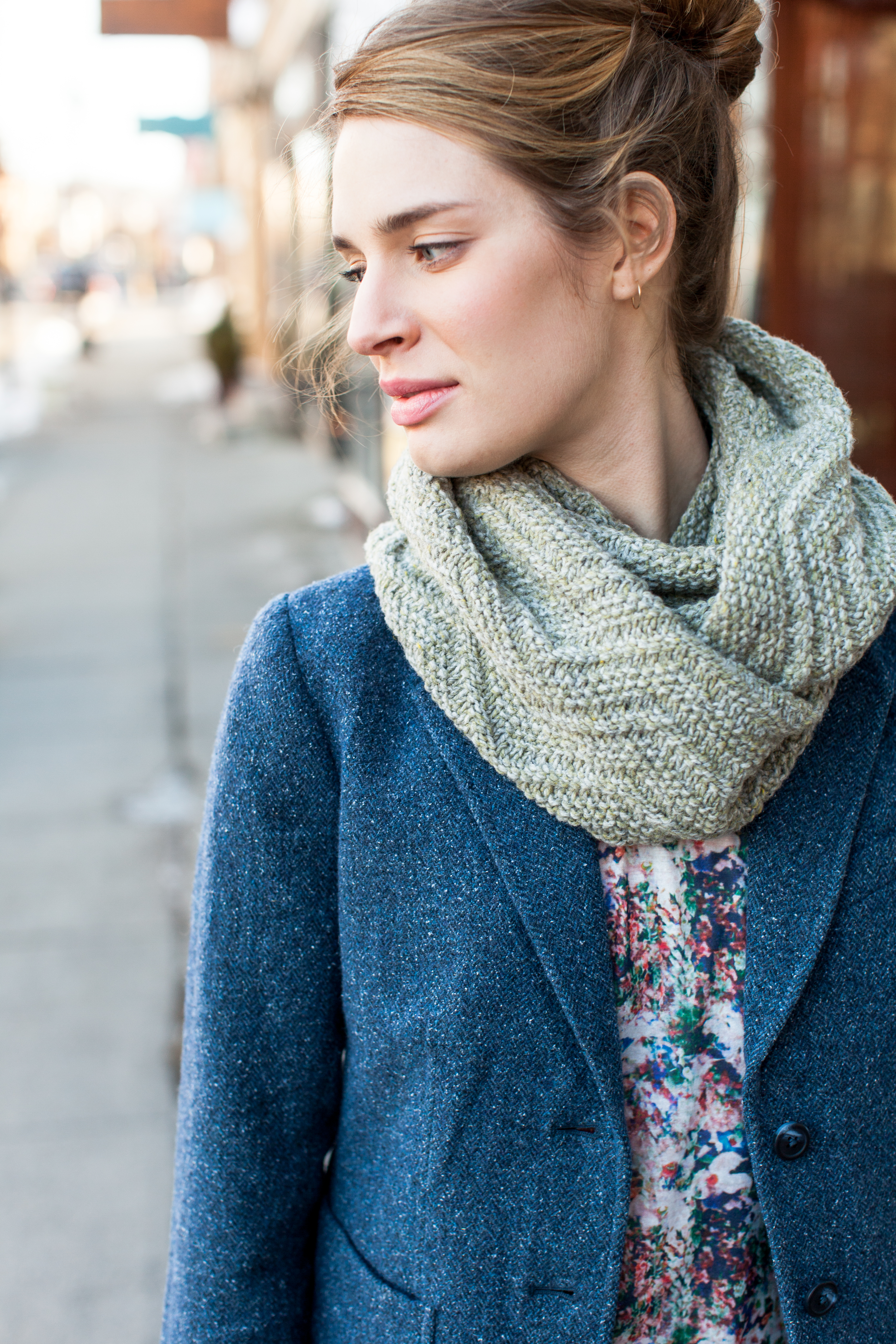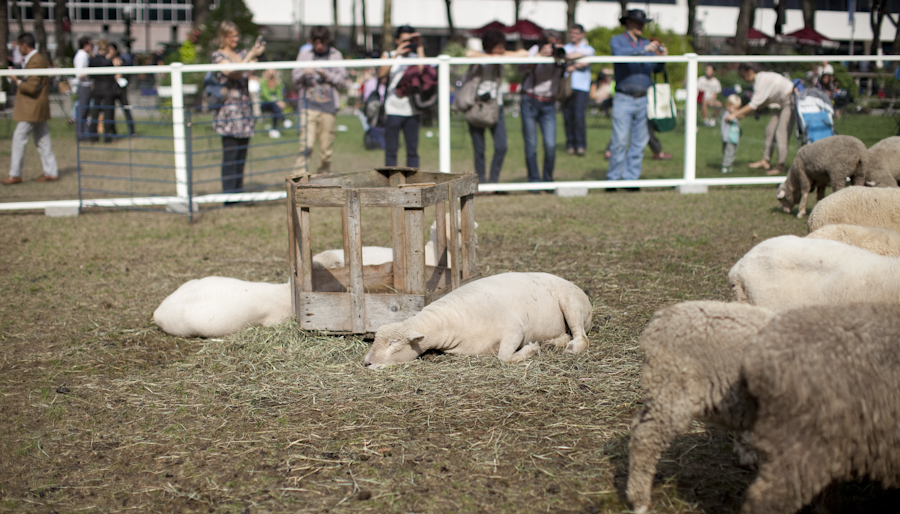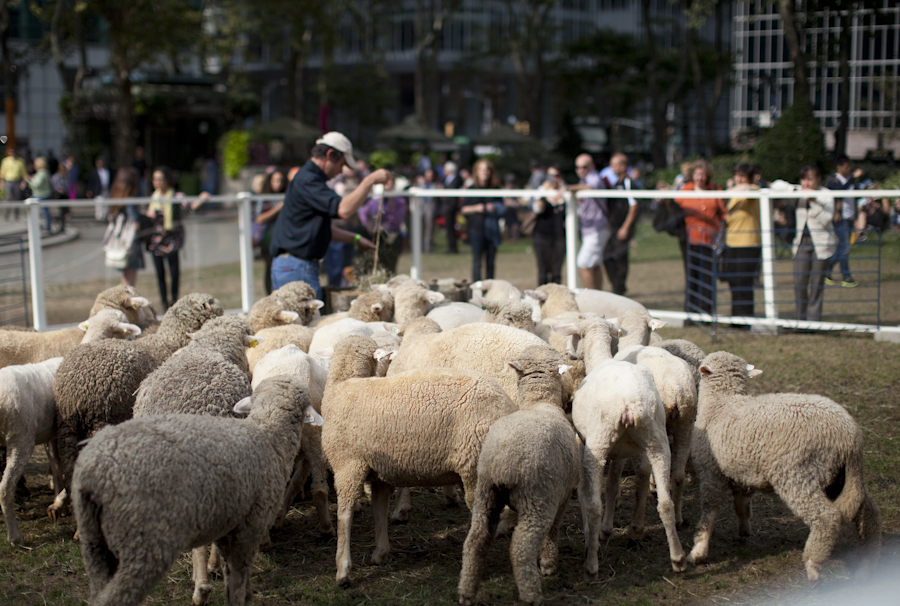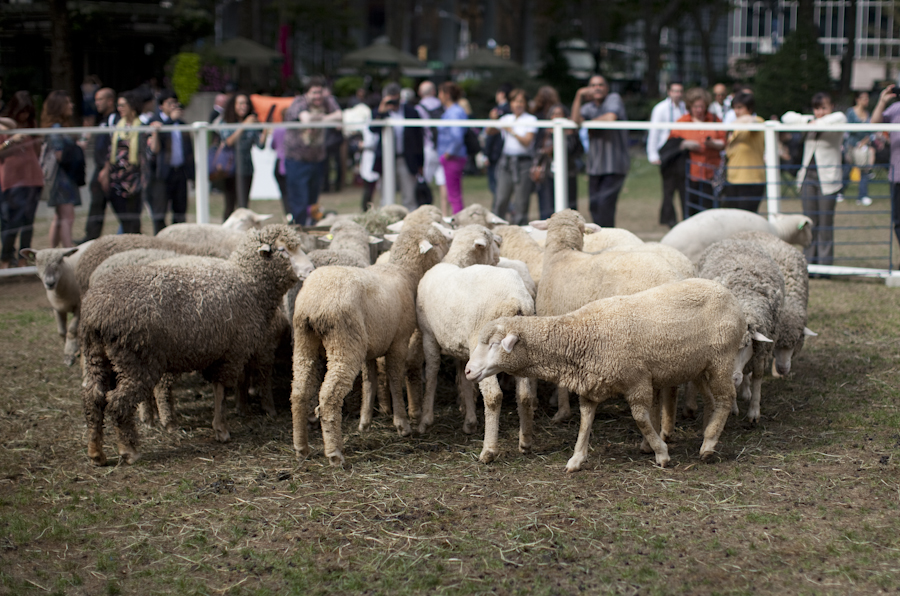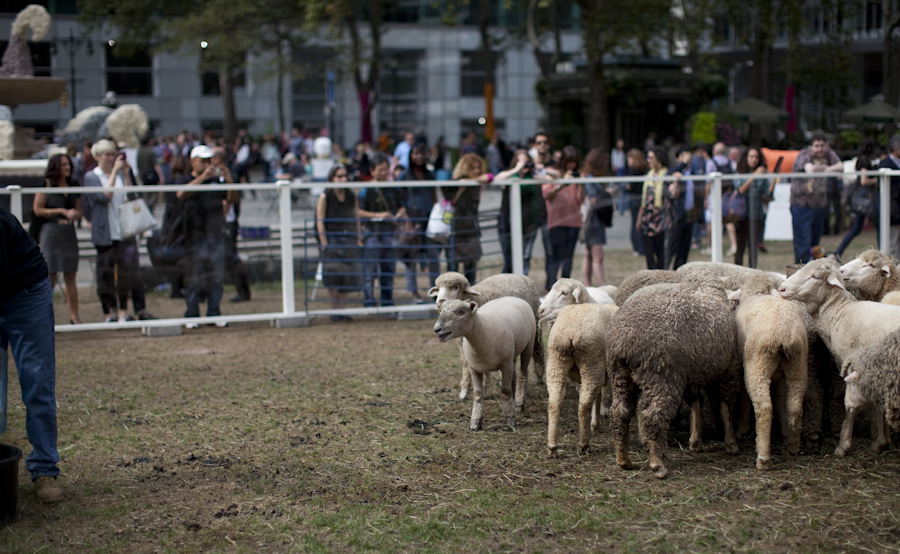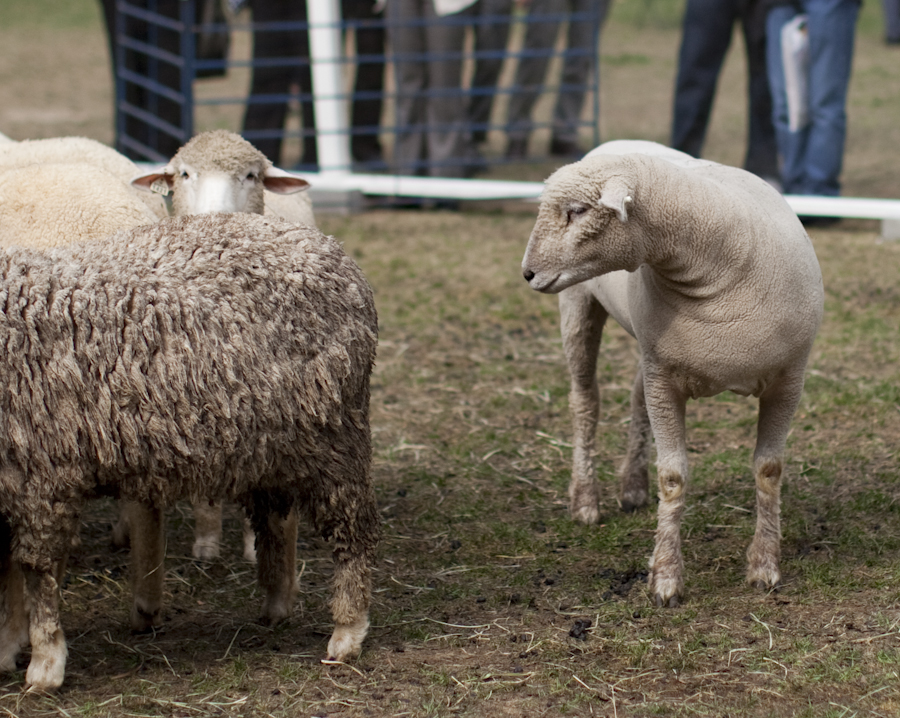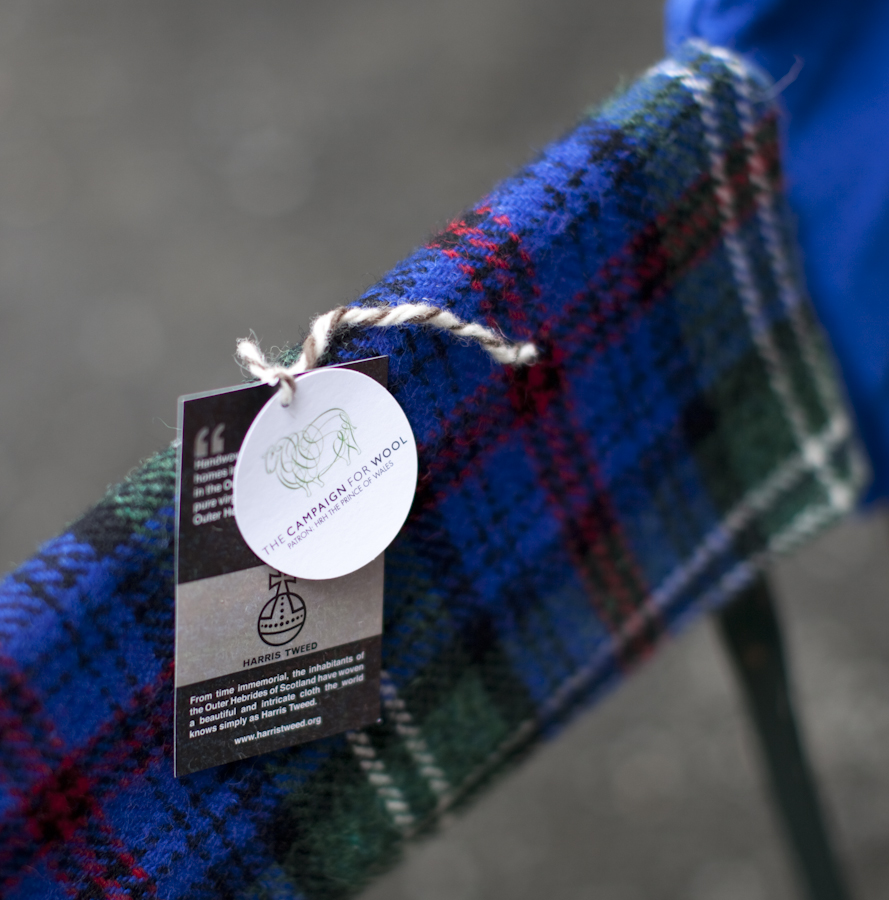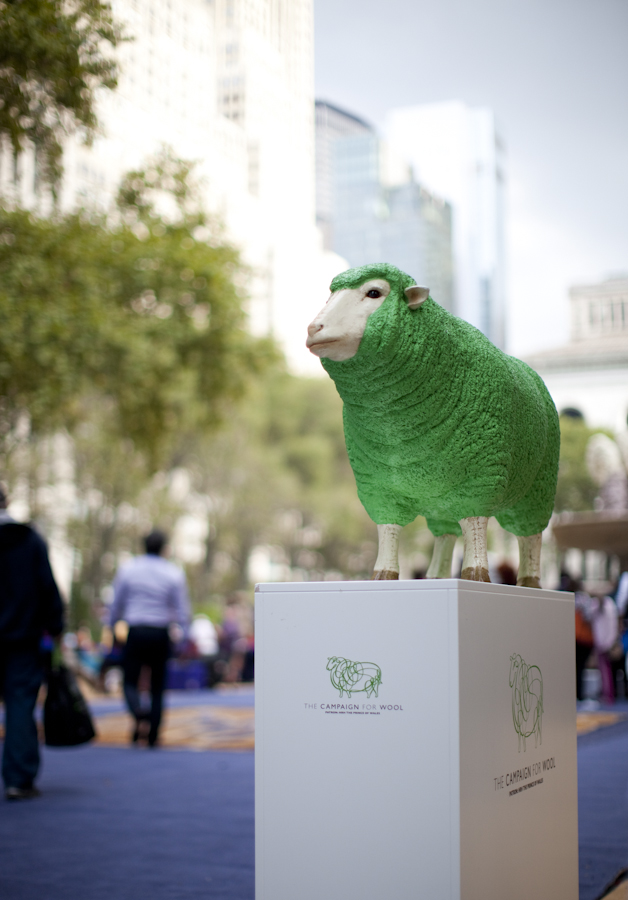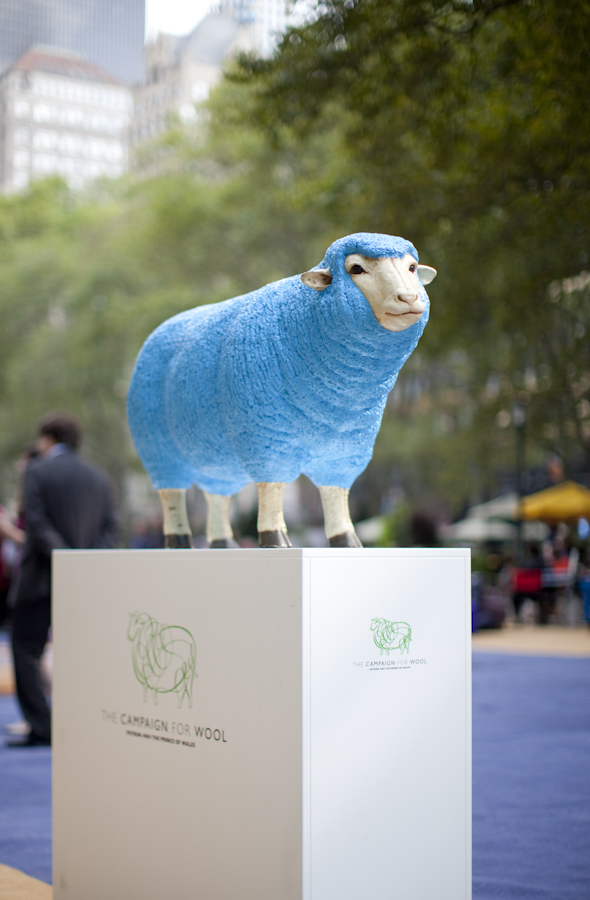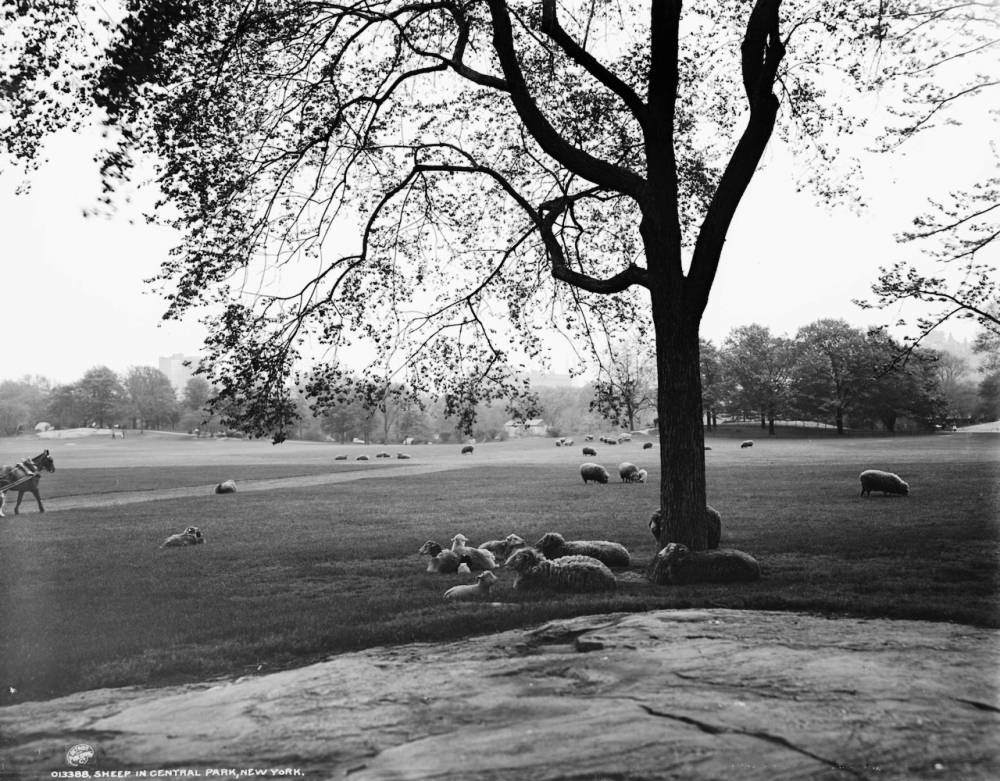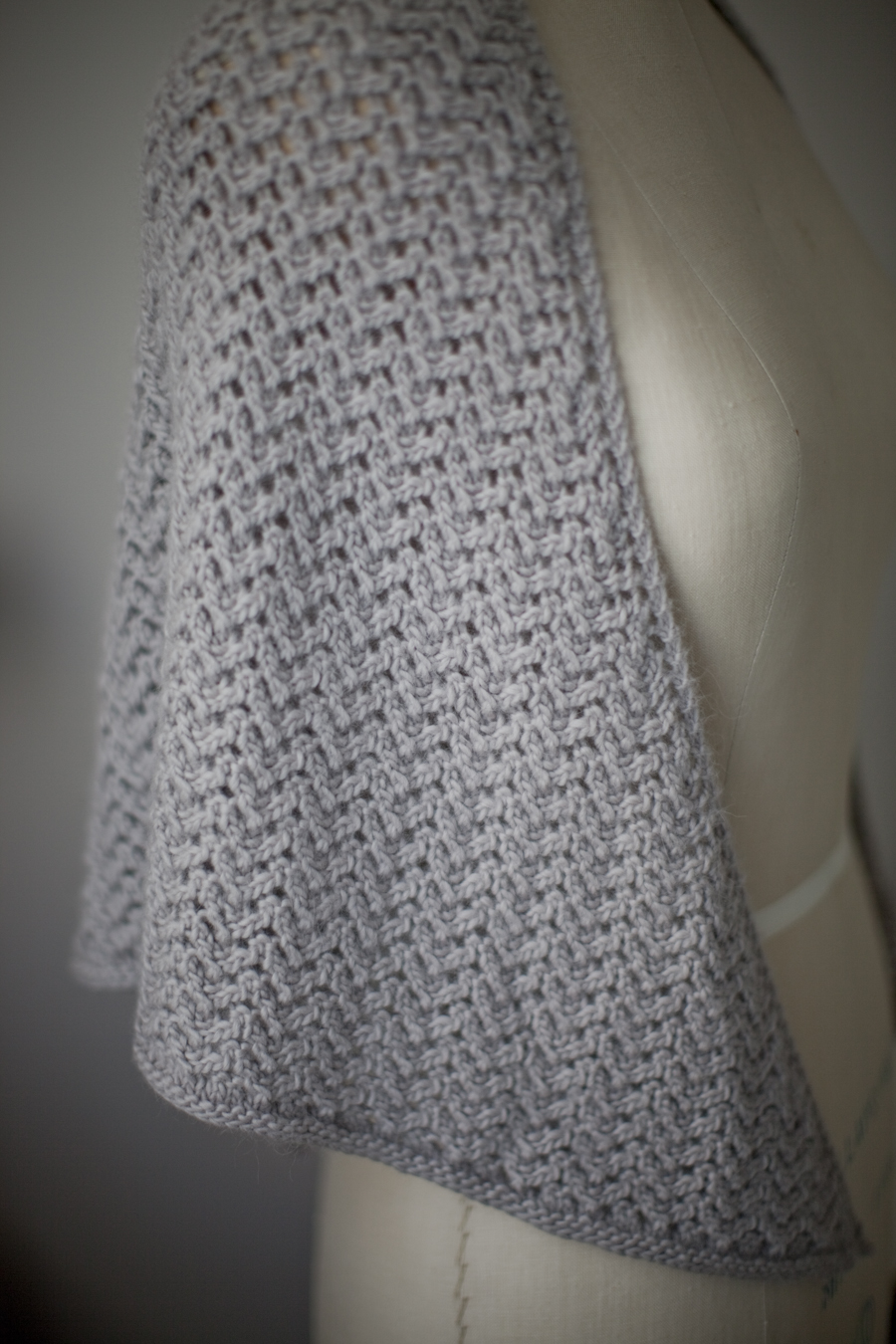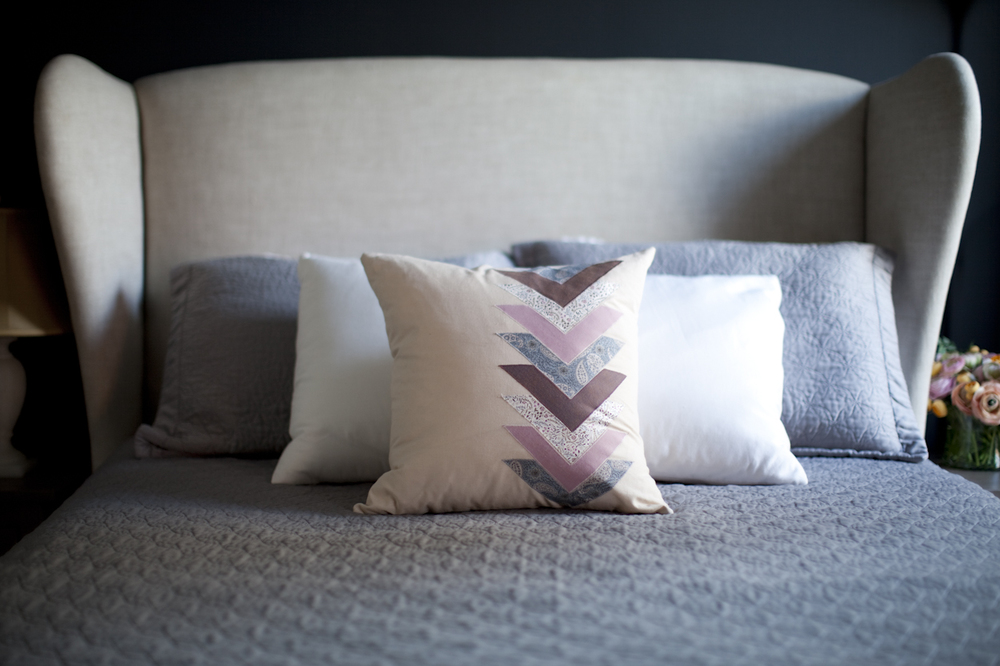Patternmaking at FIT
In a wild move, I signed up for a Patternmaking class at FIT (Fashion Institute of Technology) this past January. I was displaced because of Sandy (I promise to stop talking about that), and needed a distraction. I had no idea what I was getting myself into. The course description sounded useful and I was excited to do something related to hand knitwear design, but different. I marched over to the registration office, signed up for the class and then sat down to look at the schedule. 15 weeks long, 4-hour classes at night. Oops. I had no idea I was signing up for an actual CLASS. Like a real class. Something I hadn't done in 16 years.
Well, I wanted a distraction and I got it. (I was stunned about the amount of time I had to dedicate to this class every week.) The class focused on patternmaking for wovens. And we went through the basics of the bodice, darts, etc. and then making slopers and then our final project was a production pattern of a blouse, of which we had a little freedom as to its design, and the actual blouse. I had to sew up an actual blouse for this class. I ignored this fact until the last few weeks of the class, and then freaked out.
If you're embarking on making a shirt, here are some things I learned through the process:
1. Buy David Coffin's Shirtmaking book. It is clear and gives you precise sewing tips for construction. Also explains the very big difference between pressing a shirt and construction ironing where the iron is used as a tool to actually shape the fabric into what you want. Who knew.
2. This Craftsy class saved my ass. I understand the parts that make up a shirt. I understand how to sew and how a sewing machine works, generally. But I was relatively clueless as to the actual construction of the shirt. So, I bought this class, taught by Pam Howard, and it was amazing. She's patient, clear and has a few tips and tricks which are pretty darn cool.
3. Do NOT use 100% linen on your first go. I did, and I will never look at linen the same way again. I bought it because it was on sale, and thought its similarity to cotton would make it similar to handle. Not so. Not even close. Cotton behaves. It pretty much stays put when you cut it or handle it. Linen is so slinky that it shifts even if you're not touching it. And the fraying turns little snips or little pieces like sleeve plackets into hairy messes. My professor was even curious why I would use such a fussy material. When I stared her down with my blood shot eyes, she looked upon me with pity.
4. Cutting out the pattern can be very fussy. I tried a few different methods and my favorite is the weights / rotary cutter method. I went and bought pattern weights from Steinlauf & Stoller in the garment district. It's just where one goes for notions, so I didn't think twice about it.

And then I had to carry home said weights. So my adivce to you is to order them online and have them delivered home. Of course, if you're like a normal person with a car, this won't be a problem. But, I did find a lot of great weights and tools on Nancy Zieman's site: Nancy's Notions.
As for the rotary cutter, my trusty 45mm Olfa that I use for quilting was a little big. There can be a lot of curves in a pattern, so I dug through my tools and found an 28mm which worked much better around curves. And, I also pulled out my 18mm rotary cutter which is super tiny just in case. (I never needed it.) Of course you'll need a cutting mat if you don't have one. And buy some spare blades - they become dull fairly quickly.
5. When time allows it, a muslin of whatever you're making is so handy. You get to see the blouse in a plain cotton fabric before ruining your production fabric. After an entire class, I went through yards and yards of muslin and it really started to add up. Finally, I found that I could buy an entire bolt at $2.99 a yard at Joann's. With their 40% off coupon, which they have all the time, I was able to buy the 25 yard bolt for about $45 which ends up being about $1.80 a yard. I was ecstatic. An even cheaper option is Swedish Tracing Paper, but there's no drape to it so it's hard to get a good sense of how the finished product will look. As an aside, I love using Swedish Tracing Paper when I block sweater pieces, but that's an entirely different post... coming soon.
6. Sharp sharp scissors are a must. Even if you cut out the entire pattern with a rotary cutter, you'll always need your scissors for something. I have a basic pair of Gingher Shears. I couldn't even remember when I bought them, so I knew they were old. When I tried to snip a little notch into the fabric and the fabric simply bent instead of cut, I knew something had to be done. I didn't want to buy another pair since mine were perfectly fine, so I went to get them sharpened. I took 'em to the Scissor Place, as I always call it, but their proper name is Henry Westpfal & Co. on 25th St, right down the block from the City Quilter. For $8, I felt like I had a brand new pair of scissors. I just love those huge scissors hanging over their front door!
Anyway, that's about all the advice I can pass along. I still can't sew up anything wearable. But I feel like I have more confidence now when it comes to patterns, sewing and minor manipulations for custom fits. I was in such a crazed rush to finish my shirt before class that I didn't get to snap proper pics of the finished shirt. But here is the one WIP pic I took:

Can you see that linen misbehaving around the neck opening?!
When I tell people I've taken this class they always ask me if it was to help with the knitwear designing. My initial reaction is no, because that's not why I took it. But there are definitely a few things that I've learned in relation to knitwear. This patternmaking class is strictly for wovens, and it was interesting to see all the nuances that have to happen in order for a woven to lay over the body's curves. Because knits are stretchy, much less shaping has to happen, except for the biggies, like the armholes and sleeve caps. But it did get me wondering why in so many hand knitting patterns I come across waist shaping with just an inch difference. Wouldn't the fabric take care of that as it lays over the curves? I'm not sure that a little bit of shaping makes a difference in knitwear now. This class has definitely got me thinking.
The more I thought about it, the more I realized that hand knitwear is somewhere between wovens and knits, jersey-type knits that most fashion industry people refer to as knits. Because the gauge is so much larger than something like a store-bought t-shirt, a little shaping needs is required because it's not really desirable to have something tight across the chest, looser around the waist, and then cling to the hips. Just thinking of worsted weight wool yarn hanging on me like that gives me the willies.
As I ponder all these nuances in hand knitting, I always come to the same conclusion: it's personal. Everyone's likes and dislikes and preferences are so personal. I guess like most things.
I plan on taking more patternmaking classes in hopes of getting to the Knits class, but I'm also looking into Textile classes which delve into the actual fabric of knits and knitwear. I'll keep you posted.




